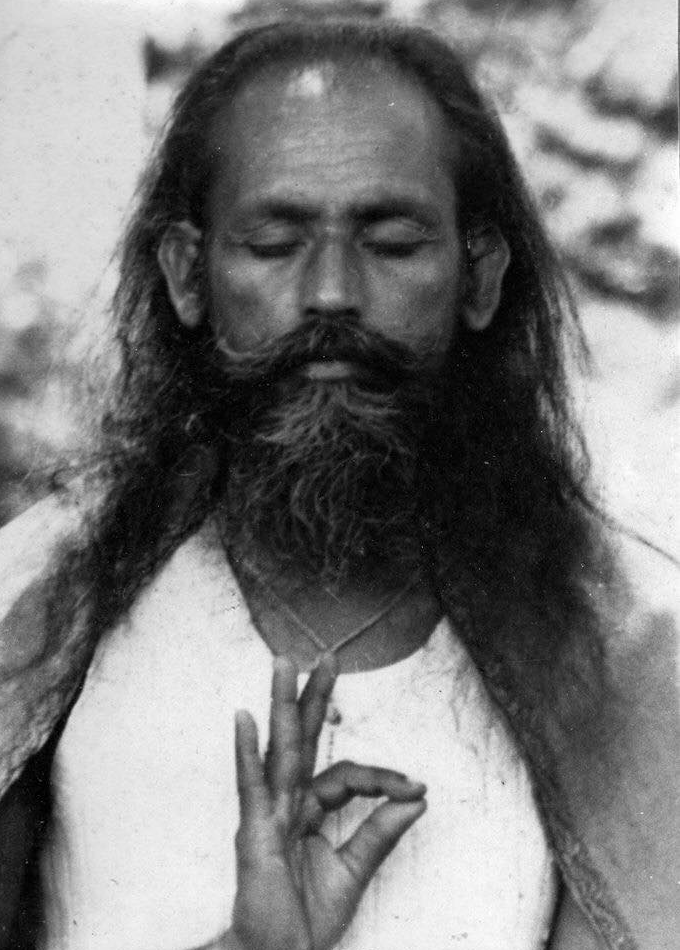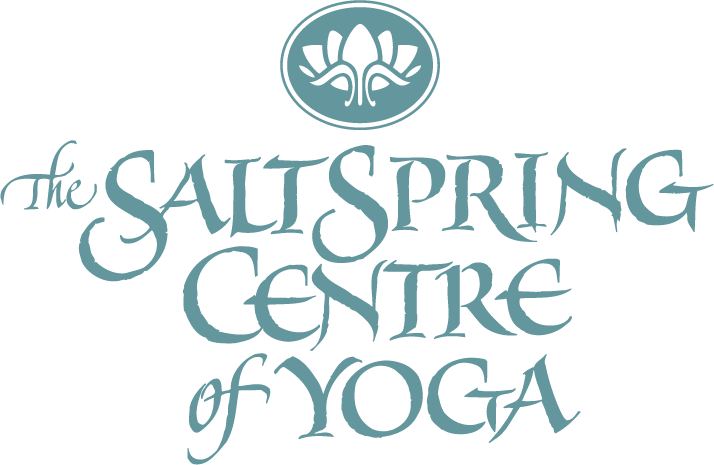Reconnecting with the sacredness of life

Reconnecting with the Sacredness of Life
As we move into a new year and a new decade, it’s helpful to reflect on where we’ve been and how we want to move forward. New Year’s resolutions may be useful, but we don’t always follow them. Sometimes they’re not realistic, but it’s also possible that what we wish for may be too small, too limiting.
Consider what you’d really like your life to look like. What would bring you peace, happiness and fulfillment? If you want these qualities in your life you have to set your aim in that direction, and then you have to follow your intentions with actions. It is not impossible, and it doesn’t even have to be difficult, but it does take commitment.
It is so easy to focus on the day-to-day, mundane tasks of life, and forget why we’re here in the first place. We get so caught up in the dramas of our lives that we sometimes forget that we are but a small part of the web of life, and all of it is sacred.
The purpose of human incarnation is to achieve eternal peace. Keep the purpose of life in mind and work hard to achieve your goal.
What does sacredness mean to you? It may or may not be connected to religion. What brings you joy in the simple fact of being alive? You may find sacredness in church or temple, but you may also find it in the woods or in your own garden. In times of sadness, a walk in nature can change your outlook, what Babaji calls changing the angle of the mind. Reverence, connection, presence, the joy of being alive are available to us at every moment.
Albert Einstein wrote: “There are only two ways to live your life. One is as though nothing is a miracle; the other is as though everything is a miracle.”
Babaji says yoga is a bag of tricks. There are many, many tricks to wake us up, to bring us back to “where we once belonged” as the Beatles said. Here are a few.
The ethical foundation of yoga, the yamas and niyamas, is a set of guidelines for cultivating our best qualities. The Yamas (self-restraints) include: ahimsa (nonviolence or nonharming); satya (truthfulness), asteya (non-stealing, not taking what’s not ours); brahmacharya (non-lusting); aparigraha (non-hoarding). The Niyamas (observances, the inner journey) include: shaucha (purity, cleanliness of body and mind); santosha (contentment); tapas (austerity, limiting desires); svadhyaya (scriptural study, self-study); Ishvarapranidhana (surrender to God, surrendering our self-importance).
All of these guidelines are intertwined, and the practice of one will include the others. Babaji has said, If a person is observing yama and niyama in a perfect way, he doesn’t need any other sadhana (spiritual practice). He is perfect in himself. But it’s not so easy. That’s why we practice.
The yamas and niyamas are the first two limbs of the eight-limbed system of classical Ashtanga Yoga. The other limbs are asana (yoga postures), pranayama (breathing practices), pratyahara (withdrawing the mind from the distractions of the world), dharana (concentration), dhyana (meditation), and samadhi (consciousness beyond the mind).
You start where you are. Whatever practice you are doing, the important thing is to do it regularly. If you haven’t begun a practice or if you have wavered from your practice, Babaji offers this advice: If you wish for spiritual development, then start now and never stop. Don’t wait for an auspicious day to come.
We all have different natures. Some people enjoy studying philosophy, some like chanting and singing, and some enjoy working as a service to others. There are suitable practices for everyone. If you want to live in peace, then take a step toward peace by choosing what reconnects you to the sacredness of life.
The main thing in the spiritual path is developing positive qualities. We can pray, chant, worship a picture or deity, or a symbol of God, but if the mind is not developing positive qualities, then our progress will stop.
How we do everything matters. When we see ourselves veering into old negative habits, we can shift gears. Once we see it, we can make adjustments. Here are some simple (though not necessarily easy) reminders.
If you want to love and be loved, then don’t hate anyone, including yourself.
Contentment, compassion, and tolerance are the pillars that support the palace of peace.
Nonviolence in the mind and unconditional love in the heart bring eternal peace.
No matter what is going on in your life, it is possible to find peace. You don’t need to have everything go your way to live in peace. You can choose peace right now, in this moment.
Life is not a burden. We make it a burden by not accepting life as it is.
Wish you happy.
Contributed by Sharada
Quotes in italics are from writings by Baba Hari Dass
 Sharada Filkow, a student of classical ashtanga yoga since the early 70s, is one of the founding members of the Salt Spring Centre of Yoga, where she has lived for many years, serving as a karma yogi, teacher and mentor.
Sharada Filkow, a student of classical ashtanga yoga since the early 70s, is one of the founding members of the Salt Spring Centre of Yoga, where she has lived for many years, serving as a karma yogi, teacher and mentor.
